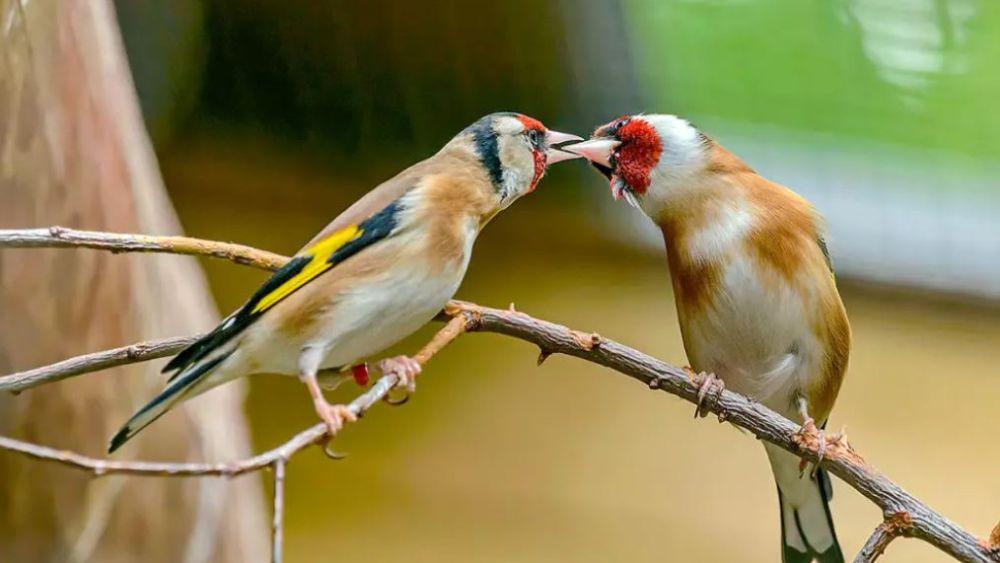Silvestrismo, origin and Mediterranean tradition

In this blog, we will explore in detail the fascinating world of silvestrismo: its historical origin, what the practice consists of, and the bird species used. Join us on this journey through time and space, and discover the passion and dedication behind this ancient and noble tradition.
What does it consist of?
As Pablo Luis López, the Delegate for Silvestrismo of the Madrid Hunting Federation, rightly defines, “silvestrismo is a traditional hunting modality that consists of capturing small quantities of birds, always males of the fringilid family, for the training of their song, breeding hybrids with the female canary and finally their participation, both of them and of the hybrids, in singing competitions”. The activity requires careful respect in the ownership of the birds, since all those not suitable for breeding or competition are returned to the natural environment.

Silvestrism, origins
Silvestrismo is a thousand-year-old tradition that combines a love of nature and a passion for birds. This practice, which had its origins in the human need to obtain food, was introduced to the Iberian Peninsula by Romans and Arabs. However, there is evidence that nets were already used to capture birds in ancient Egypt. Birds were an important part of the Egyptian diet, as shown by the thirty types of birds that appear in Gardiner's hieroglyphics. These birds are represented in paintings, reliefs and sculptures, showing hunting scenes where sticks and nets were used.

Originally, in Spain, this passion for capturing birds was only practiced in Gibraltar, at the time when the chicks left the nest. This was the ideal time to place the birds in small cages, in order to restrict their mobility and to make them listen more attentively to the song of another bird chosen for its excellent song, called "master".
This activity spread from the south of Spain to the whole peninsula, selecting specimens both for singing and for crossing with canaries, becoming a sporting tradition. It was during the time of the English settlement on the Rock when they brought with them a canary called Lanchashire.

The canary, which emitted "blios", was the first teacher for the chicks captured in the neighbouring orchards. It is worth mentioning that the English, when they settled in Spain, obtained concessions for numerous mines. To detect noxious gases, they used many canaries, and in fact, they gave pairs of these birds to families to raise at home and thus have a surplus, due to the high mortality rate of these birds in their work.
The crossbreeding with many native birds and the imitation of these songs by birds of the local fauna expanded the repertoire of introduced notes. Later, in other regions such as the province of Malaga, the call of the plover, which emits long, drawn-out whistles, was incorporated into the goldfinches. It was in this area that some experts, using a glass cup and a spoon, managed to produce notes similar to hammering, but more melodious, called bells, and with persistence they managed to get some specimens to imitate them.
The most common species
Goldfinch
The goldfinch is, without a doubt, the king of this art, being the favourite of fans, both for its melodious song and for its multiple and bright colours. Although its capture is permitted throughout the national territory, it must be authorised by the corresponding environmental department of the place where the captures are made.

Bunting
It could be argued that the greenfinch is overlooked by many fanciers, despite being a remarkable bird, both in its feathered beauty and its song. It is crucial to remember that its capture is authorised throughout the national territory, provided the relevant authorisation is obtained. However, only a minority of fanciers choose to specialise in this particular species.

Linnet
It is considered the prince of silvestrism. Although it lacks the showy plumage of its relative the goldfinch, it compensates for this lack of colour with a strong and penetrating trill that makes it exceptional for song training.

Serin
One of the minority species in the wild, due to the fact that in most of the autonomous regions of Spain its capture is not authorised due to its low population. Its song consists of fast and long chirps, it is the smallest of the finches, and is closely related to the canary.

The controversial animal welfare law
Hunting birds for the wild is not without controversy. This is because the hunting methods used by wild game hunters are not selective and the traps and nets used for this purpose do not distinguish between species, so that in many cases protected species are captured. Ornithologists have repeatedly warned about this practice, which they consider harmful to endangered bird species. In addition, they explain, breeding songbirds in captivity is sufficient to supply this market.
Finally, despite the controversy, the RFEC states: “The entry into force of the Law will not prohibit Silvestrismo since hunting and sporting activities covered by the CSD are excluded from the scope of application of the Law. Therefore, for all activities and sporting modalities recognized by the Royal Spanish Hunting Federation or an autonomous hunting federation, this Law will not apply.”
Author: Maria Balletbó